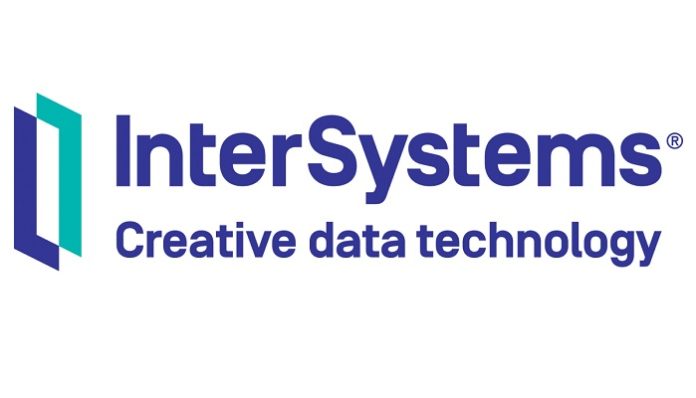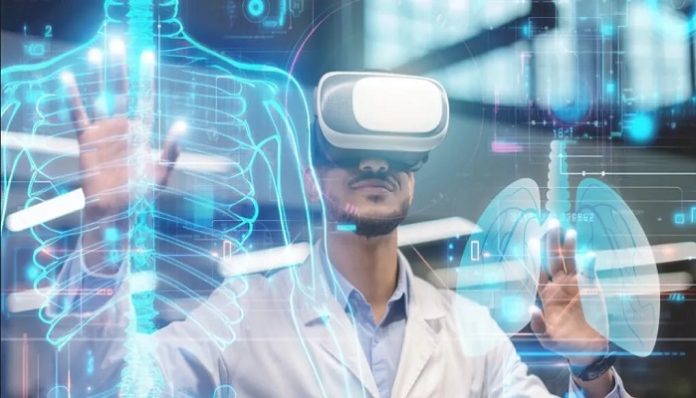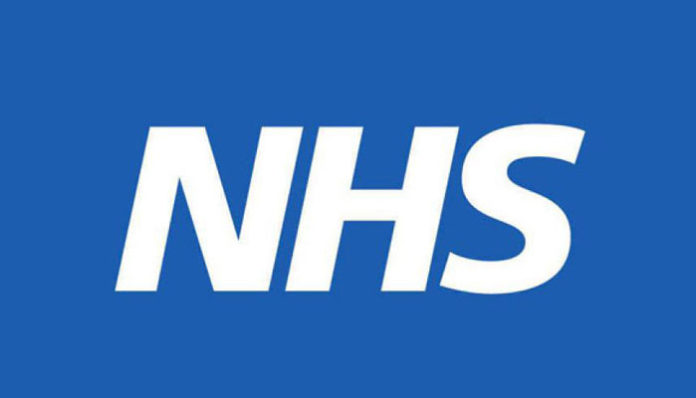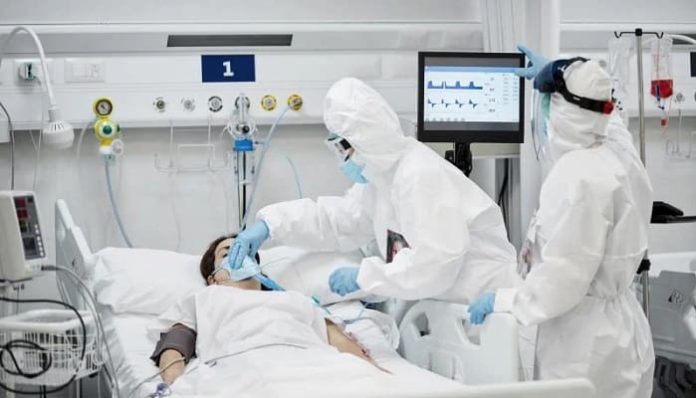InterSystems Startup Program now connects a total of 35 startups to the health and care ecosystem
SYDNEY, Australia & SINGAPORE – October 11, 2023 – InterSystems, a creative data technology provider dedicated to helping customers solve the most critical scalability, interoperability and speed problems, welcomed eight new companies to the InterSystems Startup Program, bringing the total number of participants to 35. With support from InterSystems, these startups are better positioned to transform the digital health landscape – optimising patient care and revolutionising the industry.
“Innovation in digital health underpins our company’s strategy and is driven in part by forward-thinking startups that are exploring applications of emerging technologies,” said Don Woodlock, Head of Global Healthcare Solutions at InterSystems. “By giving these startups access to resources, capital investment and technology, InterSystems is accelerating innovation in this space and connecting startups to the broader health and care ecosystem.”
Empowering Startups through Three Pillars
The InterSystems Startup Program provides support, technical integration, resources and investments to data-driven startups in key industries such as healthcare, financial services, logistics and manufacturing. These startups pioneer emerging technologies, from remote patient monitoring and blockchain-powered health data security to artificial intelligence-driven diagnostics to enhance healthcare accessibility, ensure data integrity and optimise patient care.
By joining the InterSystems Startup Program, companies gain access to the necessary tools and support to develop ideas, create prototypes, validate solutions and prepare for funding rounds. Additionally, program participation offers invaluable networking opportunities, connecting startups with industry leaders, potential investors and strategic partners.
Driving Connection to the Digital Health Ecosystem
The addition of these eight companies to the InterSystems Startup Program reinforces the company’s commitment to advancing the digital health ecosystem. New additions to the program include:
- AfyaRekod – a venture backed, patient-driven, health-tech startup focused on consolidated ownership, continued access, interoperability and mobility of health data for patients and providers across the healthcare ecosystem.
- Harmony Health – a platform that supercharges hyperlocal community networks by digitally scaling their existing trusted relationships with vulnerable communities for health and social care. Harmony Health helps organisations tap into this trust fabric to reach diverse populations in their language and context, through trusted ambassadors that re-engage them to bring them into the healthcare system.
- Heartbeat Health – a tech-enabled virtual cardiology company that leverages data, device connectivity and clinicians to deliver 24/7 on-demand cardiovascular services.
- MAIA Labs – a tech startup offering an endoscopic AI assistant, utilising cutting-edge AI algorithms on MAIA hardware to enhance the quality of examination and save 20% of doctors’ time.
- Maro – a paediatric healthcare company dedicated to promoting transparency in youth mental health intervention.
- Modern Trials – a healthcare technology organisation that partners with healthcare organisations and leverages EHR data to streamline clinical trial patient recruitment and reduce time-to-market for new therapeutics.
- Polygon Health – a platform that turns health data into an asset by empowering people to securely access their health data in minutes, all in one place, and find personalised health solutions.
- Health Circuit – evidence-based, integrated-care solutions for sustainable healthcare that is patient-centric and digitally delivered, such as Surgifit™ for surgical pre-habilitation.
Fuelling Innovation through Comprehensive Support
The InterSystems Startup Program is a multifaceted initiative designed for early-stage and pre-seed startups across various stages of their journey. The three main pillars of InterSystems Startup Program include:
- Acceleration Programs: The intensive 6–9 month program provides startups with the framework to integrate InterSystems technology into their products to prepare for pre-seed, seed funding rounds and position themselves for success in competitive markets. Through training and mentorship, startups can convert ideas into tangible prototypes, validating their Minimum Viable Products (MVPs). Since the program’s March 2022 launch, startups such as Pria have succeeded in accelerating delivery of health-at-home solutions that improve patient outcomes and transform the patient engagement experience.
- Startup Growth Toolkits: For startups integrating InterSystems technology into their solutions, the program’s Startup Growth Toolkits provide access to learning, technical and market resourcing to accelerate growth and go-to-market paths.
- Venture Fund: The Venture Fund actively seeks out and invests in health tech, fintech and supply chain startups that harness the power of InterSystems technology. The program offers equity investments and grants to evaluate InterSystems tech and build proofs of concept, deliver MVPs and scale their operations.




























